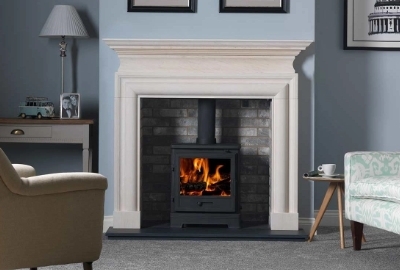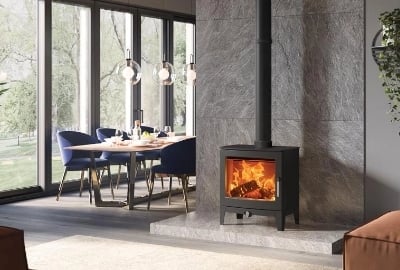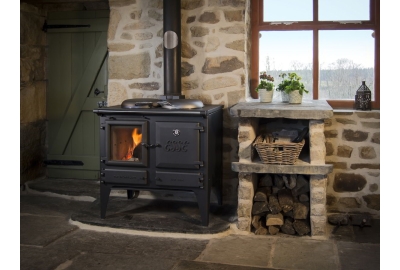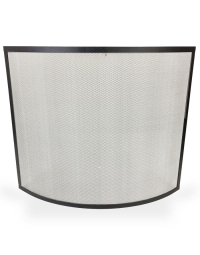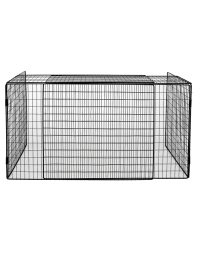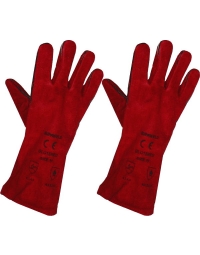In this article, we’ll cover why you’ll need to buy a carbon monoxide detector if you’re looking to install a wood burner. We’ll also cover the maintenance involved with your CO alarm and important topics like where you should position your alarm and what you should do if the alarm goes off.
What is Carbon Monoxide?
Before we go any further we’ll start by explaining what Carbon Monoxide actually is. Often referred to as CO, Carbon Monoxide is a poisonous gas that is produced from carbon fuel such as wood, natural gas, propane, or gasoline. It is an invisible gas that cannot be detected by smell, you may not know if carbon monoxide is leaking so having a carbon monoxide detector is crucial to be able to detect whether there is carbon monoxide present in your home.

CO Alarm Regulations
The Smoke and Carbon Monoxide Alarm (Amendment) Regulations 2022 came into force in October 2022, to view the full legislation please click here. Any room that has a combustion appliance installed requires a CO alarm, the appliances include wood burners, gas boilers, gas fires, open fireplaces & heaters.
Easy Maintenance Tips For Your Smoke and CO Detectors
- Replace the batteries within your CO alarm annually
- Test your detectors regularly. Pick a day and set a reminder, like Test it Tuesdays.
- Make sure your detectors are in the right location
- Keep your CO detector clean of debris
- Look into false alarms
- Clean your alarm so CO can reach the sensing chamber

How Does a Carbon Monoxide Alarm Work?
The detector is designed to measure CO levels over time and sound an alarm before dangerous levels of CO accumulate in an environment, giving you adequate warning to safely ventilate the area or evacuate.
Where Should I Position my CO Alarm?
CO alarms should be placed in the same room as fuel-burning appliances and should be either wall or ceiling mounted. Carbon monoxide is slightly lighter than air and can rise with warmer air so we would recommend you place your CO detector at around 5-6 feet above the floor. You should ensure your alarm is at least one metre away from your appliance as improper placement can prevent it from working correctly. Try to avoid placing your CO alarm behind furniture, inside furniture or near vents or extractor fans. You should also look to keep detectors away from areas with a lot of condensation, for example near your oven or cooker.
Carbon Monoxide Symptoms to Watch Out For!
Symptoms of carbon monoxide poisoning can vary based on the level of exposure. The NHS website states that symptoms may become worse if you spend time in the affected building or room and get better if you go outside.
Symptoms of carbon monoxide poisoning include:
- Headache
- Dizziness
- Feeling sick or being sick
- Feeling weak
- Confusion
- Chest and muscle pain
- Shortness of breath

Don’t Ignore the CO Detector!
If you think a gas or solid fuel appliance is leaking carbon monoxide, call the free National Gas Helpline immediately on 0800 111 999. The service is open 24 hours a day, 7 days a week.
If anybody is experiencing symptoms, please get medical help.
You can call: 999 if it is an emergency or 111 for NHS Direct
What Other Safety Products Should I Consider?
Thanks for reading our Blog, below we’ve listed some products you should consider purchasing if you’re having a stove fitted.



